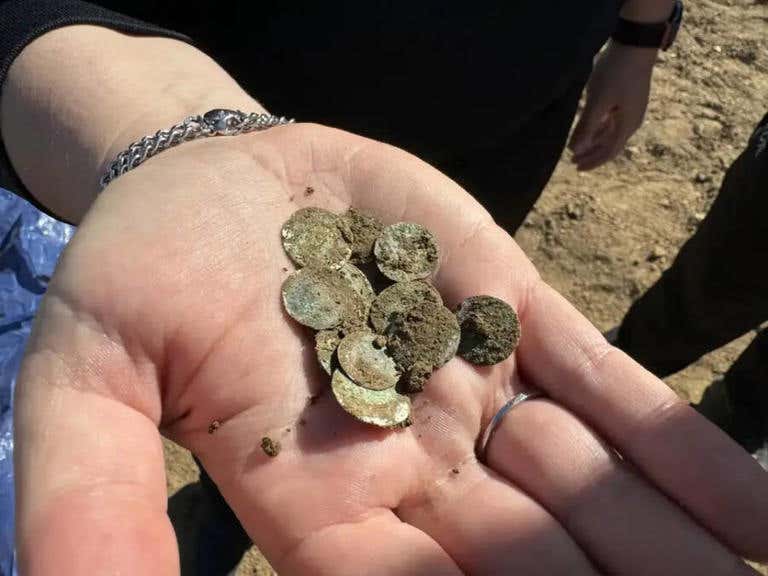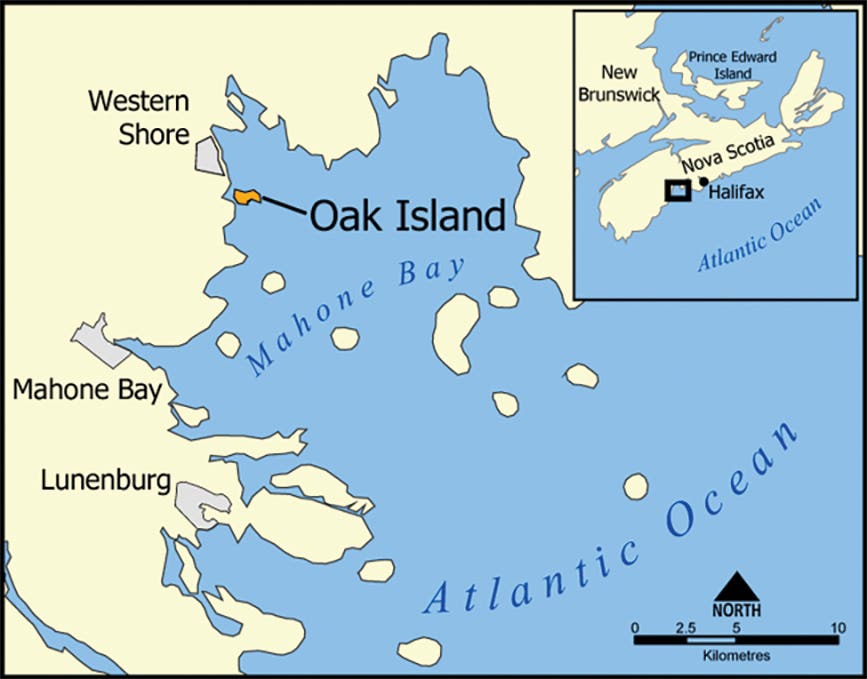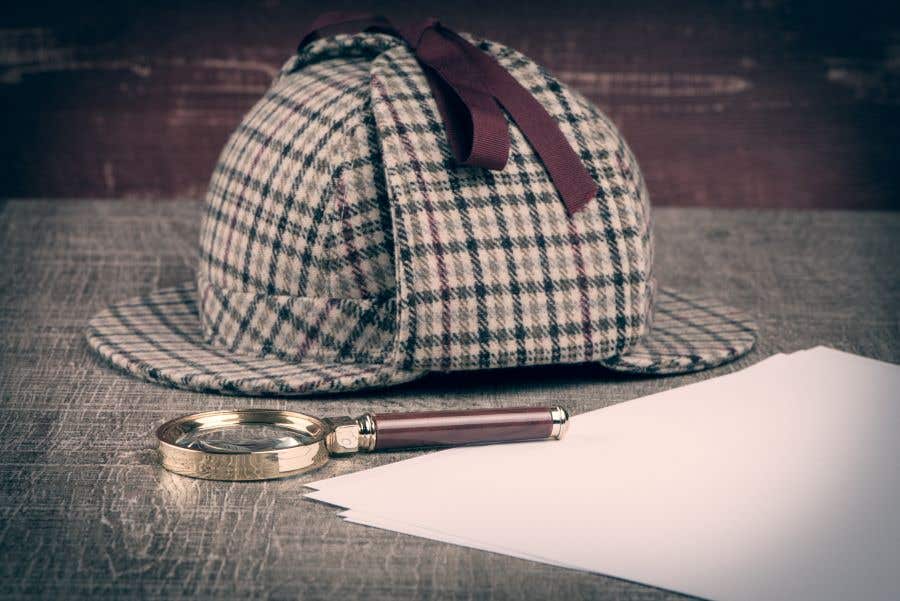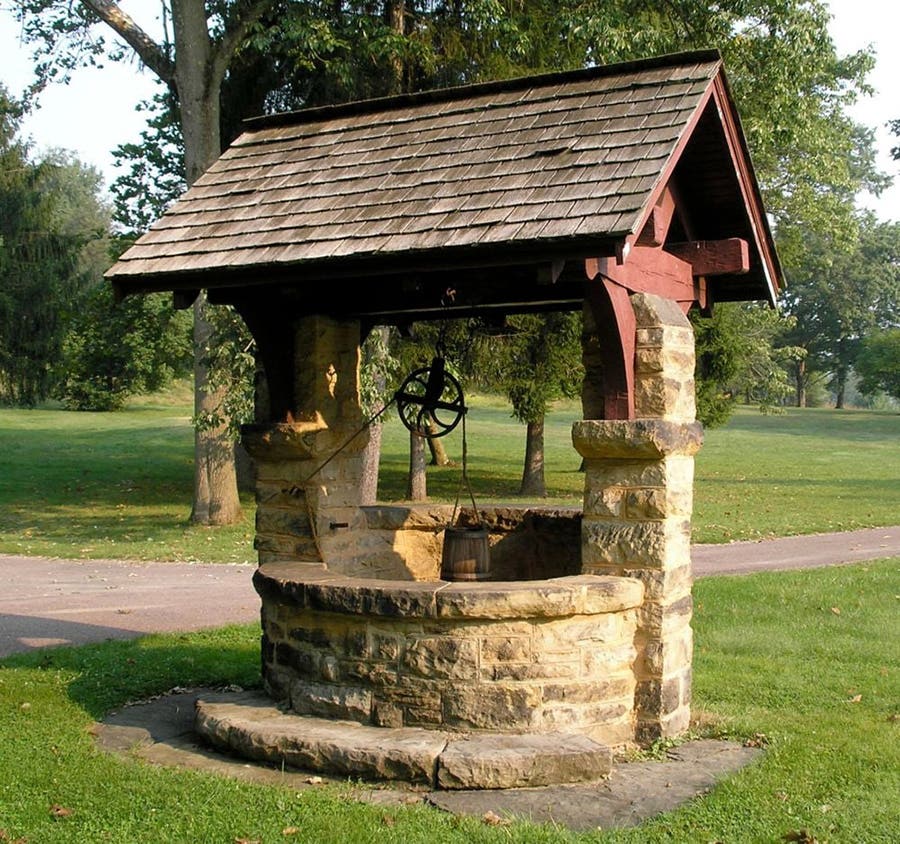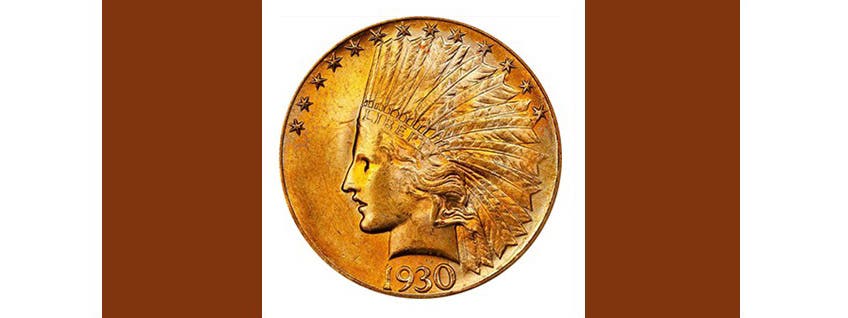Coin Clinic: Was Ben Franklin a counterfeiter?
Rich Giedroyc on Proof 60, First Proof Coins, Adam Eckfeldt, Ben Franklin, and more.
Is a Proof 60 coin a poorly produced proof, or would it be a mishandled example?
The best description of a Proof 60 coin I could find is at GovMint.com. According to this website, “The lowest grade, PF/PR60, indicates that a coin has a weak to average strike and has few if any, mirror characteristics.”
Who was responsible for the first proof coins struck at the U.S. Mint?
The U.S. Mint website GovMint.com credits mint machinist and die maker Adam Eckfeldt with taking “special care to prepare dies and select polished planchets to ensure the highest quality of the first type of each coin. These coins were “of exceptional quality and were typically kept by collectors. While they were not yet known as proofs, these were the first proofs.”
What can you tell me about Adam Eckfeldt?
John Adam Eckfeldt (1769-1852) was an important individual in early U.S. Mint history. He was initially employed in 1792 as a blacksmith, producing the dies for the 1793 half-cent. He became the assistant to the chief coiner in 1796, then chief coiner in 1814. Among the equipment he designed and built for the mint was the mint’s first screw press. Eckfeldt was also responsible for establishing the mint cabinet in 1838.
Was Eckfeldt a coin collector?
John Adam Eckfeldt was the son of die maker Jacob Eckfeldt and father of other Eckfeldt’s who would comprise the “first family of the U.S. Mint.” Gold medals and supporting presidential documentation dated between 1814 and 1881 pedigreed to the Eckfeldt Collection were sold at auction by Ira and Larry Goldberg Coins and Collectibles Inc. in 2017. Among the lots were a believed unique 1839 .900 fine gold medal presented to Adam Eckfeldt upon his retirement, 1803 Capped Bust, Heraldic Eagle $10 eagle attributed to having been “obtained by [a] member of [the] Eckfeld family 1807,” and Jacob B. Eckfeldt’s 1930 retirement gold medal as assayer.
Was Ben Franklin a counterfeiter?
Franklin was just the opposite. He did his best to deter counterfeiting by printing colonial bank notes using unique processes known only to himself. His ledger explaining what he did has been lost; however, in recent years, a spectroscopic examination of Franklin’s paper money indicated he used pigments of lower quality calcium and phosphorus than did counterfeiters. Franklin used a special black dye made from graphite different from the so-called bone black popularly used by counterfeiters. The paper on which Franklin printed his notes used a translucent material known as muscovite, a forerunner to the security paper used today.
I’ve seen replica Continental dollar coins on which the word currency is misspelled. Is there a genuine Continental dollar coin on which this word is misspelled?
The 1776 Continental Currency dollar coin, also known as the Fugio or Franklin dollar, is a pattern struck on brass, pewter, or silver planchets. It has been argued the so-called coin was actually a souvenir struck in Great Britain, but according to the late researcher Eric P. Newman, it was Elisha Gallaudet who engraved the dies, and about 6,000 Continental dollar coins were minted, likely in New York. Genuine coins with currency misspelled with one r or as “curencey” are known. Yet another variety has a Y over the E in an attempt to correct the misspelling.



